Zeiss certainly surprised me when in September they announced and quickly released a whole new line of lenses under the name Milvus. Yes, line. In fact, there are six new lenses that were announced and then subsequently released under the Milvus name, including a 21mm f/2.8, 35mm f/2, 50mm f/1.4, 50mm f/2 Makro-Planar, 85mm f/1.5, and 100mm f/2 Makro-Planar. All of these received a handsome new design, but not all of them received major optical upgrades. There are two lenses that received major upgrades, and they are the 50mm f/1.4 and 85mm f/1.4. Two lenses that could relatively easily receive some trickle down goodness from the intense development that had resulted in the Zeiss Otus 55mm f/1.4 and Otus 85mm f/1.4 (click links for my reviews of those lenses) – two of the highest resolving SLR lenses the world has ever seen. With that in mind, I was particularly excited to get my hands on the Milvus 85mm because the Otus 85mm f/1.4 stands as the one lens that has probably excited me more than any other. And so, it with great pleasure that I have spent some time with the new Zeiss Milvus Planar T* 85mm f/1.4 to critique and enjoy this newest offering from Zeiss. Here are my findings.
Build Quality
This video will give you a careful look at the design, build, and handling of the lens.
When you open the box (a presentation style case like the ones the Otus lenses come in) the Otus DNA and family resemblance is pretty strong. The Milvus 1.4/85mm is a similarly dense metal and glass construction that looks more like an Otus than any of the other Zeiss designs of the past. Zeiss has made one significant nod towards the revised priorities of modern photographers by including moisture resistance/weather sealing into the design. This is, to my knowledge, the first Zeiss line to ever include this, and I liked the uniquely Zeiss touch of having the rubber gasket near the lens mount in Zeiss blue rather than the traditional black. There is more than the gasket, though; the lens has a variety of internal seals to keep moisture out. The end result is a lens that is built to survive a lifetime and to handle real world use of every kind.
The previous Zeiss Planar T* 1.4/85mm was a relatively modest sized lens (65mm long and 670g in weight), while the Otus 1.4/85mm was by far the largest 85mm to ever hit the shelves. The Milvus 85 definitely skews towards the Otus in overall dimensions. The current trend in lens design seems to be towards ultimate resolution and optical performance rather than too much attempt at keeping lenses compact. The Milvus measures a longish 4.45” (113mm) and a thick 3.54” (90mm) in circumference. This is a bit slimmer (11mm less) and shorter (11mm again) than the Otus. What is surprising, however, is that the Milvus actually outweighs the Otus by 40g and weighs in at a very hefty 2.82 pounds (1280g). This isn’t prohibitively heavy, but also only undercuts the weight of your typical 70-200mm f/2.8 zooms by a few hundred grams. Between it and the Canon 50mm f/1.0L I was reviewing at the same time my wrists definitely got a workout!
I have come to recognize over my review period that this is an issue to some Zeiss fans. Zeiss lenses have always been dense because of their high grade construction, but they have also often been compact. The move towards ever larger and heavier lenses will turn some off. The problem is that the new camera sensors are ever more demanding, and what was optically acceptable in the past doesn’t look quite so good on a 30+ MP sensor. Expect this trend among professional grade lenses to continue for a while if my review of lenses from a number of manufacturers is any indication.
The Otus and Milvus lines share a number of design cues in their elegant, semi-gloss metal bodies, but there are a few areas where the lines are distinguished. The Otus lenses feature engraved text filled with yellow paint (a point I found a bit garish, though it serves a practical purpose). The writing on the Milvus lens is also etched, but the paint scheme is a more sedate (and elegant) white. Earlier Zeiss designs featured metal focus rings (which I liked just fine), but the Otus lenses introduced a rubberized surface on the focus ring, with the Milvus line partially embraces. The Milvus focus ring is nicely wide (3 centimeters exactly), but only about a quarter of it is all that rubberized surface. Nearly three quarters feature a hybrid of rubberized surface and etched metal with the various numbers of the focus distance scale printed on it. This ring is located fairly close to the lens mount. Unfortunately this makes it a bit less easy to find using only your fingers than the completely rubberized ring of the Otus, which is also placed a little more centrally on the lens barrel. The Milvus’ focus ring also requires a bit more effort than that of the buttery smooth Otus (which has perhaps the world’s nicest manual focus feel).
The lens has the long focus throw that you would expect from a manual focus only lens. It has about 260 degrees of travel, enough to nail focus at all focus distances. Going from one extreme to the other is going to take a bit of focusing, but most of the time you will be making more minor adjustments. Zeiss lenses do have an electronic coupling to the body, so the aperture can be controlled from the body and the camera meters as normal. You will receive full EXIF data (a big deal to me) and the only real difference in operation from other lenses is that there is no autofocus. The lens does provide a focus confirmation that will beep and/or light up the appropriate focus point (or the selected focus point) when focus has been achieved. I find that between the focus confirmation and visual confirmation via the EG-S focus screen installed on my Canon 6D body that my focus keeper rate is very high. The EG-S Matte Precision focus screen makes it much easier to visually see focus and actually makes composition a more creative process (and, I would say, more enjoyable). It is $35 well spent if you want to use manual focus lenses, and it won’t interfere with autofocus lenses in any way. I only rarely used Live View magnification during my review period, but zooming into most all of my images showed great focus (I do have some practice as this is ninth Zeiss lens I’ve reviewed or owned in the past two years along with a number of other MF only lenses from different manufacturers). Here’s a sample along with the crop:
Another distinction between the Milvus and Otus lenses is that with the hood in place on the Otus the gap between the lens barrel and the lens hood remained constant. On the Milvus lens that very tight tolerance only exists when the lens is focused towards infinity. An inner barrel extends a bit as you focus towards minimum focus and the lens hood moves with it. At minimum focus there is nearly a centimeter gap between the outer barrel and the lens hood. There isn’t any real issue with this other than the fact that it slightly diminishes the “lines” of the lens in this position.
The Milvus 85 is a bit more squat than the Otus 85, which features more curves (in part because it swoops out to accommodate a fairly massive 86mm front element. The Milvus 85 flares out quickly from the lens mount and then its girth is essentially constant. Its shape isn’t quite as elegant, though it is still a beautiful lens.
I did note one potentially significant build issue related to this, however, at least on my main test body for the lens (a Canon EOS 6D); the squat shape of the lens leaves little room between the lens barrel and the grip. I found the back of my fingers feeling just the slightest bit “squeezed” when holding my camera – something I’ve never experienced before. The Otus 85 is an even larger lens, but it was a bit more contoured so didn’t flare quite so widely that close to the lens mount. I have medium sized hands, but I would consider my fingers to be fairly slim, so the fact that I experienced this issue in a minor way means that others with thicker fingers might experience it in a more significant way…particularly if wearing gloves (something most of us here in Canada are doing in January and February). A Nikon user pointed out that there is a little more room on the Nikon mount of the lens because it includes an aperture ring in the design.
One positive change from the Otus is that the front element filter thread of the Milvus 1.4/85mm is a far more common and accessible 77mm as compared to the very uncommon 86mm filter thread on the Otus. Most photographers are likely to have a few filters in this size. On that note, I recommend that you have both a circular polarizer and a neutral density filter on hand for the lens. Wide aperture lenses like this let in a lot of light, and that’s wonderful, but on a bright day you may find yourself hitting the maximum shutter speed on your camera at wide apertures. Stopping down the aperture is always an option, but if you want to retain the shallow depth of field look a better option is to add an ND filter (I favor ND8 filters – three stops) which helps limit the amount of light that hits the sensor while still enabling you to use your lens at that wide aperture where it can produce beautifully unique images. A circular polarizer can also help with this to a slightly lesser extent and can also reduce reflections and/or enrich colors. On that note, the front element of the lens does not rotate during focus and won’t interfere with CPL use.
The Zeiss Milvus 1.4/85mm is a beautifully built lens with an attention to detail and construction that exceeds essentially all other competitors, and, with the addition of weather sealing, exceeds even its internal competitors. One final thing worth noting is that both the front and the rear caps on the lens are nice upgrades from older Zeiss lenses. Though Zeiss is a German company, the lenses are mostly manufactured in Japan.
Here’s a few more looks at this beauty:
Image Quality
I recommend that you spend some time with this video where I interactively look at the image quality and bokeh and will give you a closer look at a variety of images.
The Milvus 85 has 11 elements in 9 groups and features Zeiss’ renowned T* coatings to help with flare resistance and improve contrast. This is a similar optical design to the Otus (also 11 elements in 9 groups), but do note that both lenses have separate optical designs.
The Milvus 85 is a definite recipient of the engineering that went into the Otus 85. It has incredible resolution at f/1.4 that is only surpassed (minutely) by the Otus 85 itself at the 85mm focal length, meaning that the Milvus 85 is one of the most highly resolving 35mm format lenses in the world. In fact, while the Otus does exceed the Milvus lens in the center of the frame, the Milvus actually resolves better in the corners. This wide open landscape shot at infinity focus shows the amazing resolving power of the Milvus even at f/1.4.
The crops are across the frame from left to right and show an incredible amount of resolution of all of these fine details despite the wide aperture. Very, very impressive!
85mm lenses lenses are never noted for their maximum magnification or reproduction ratio, and the Milvus 85mm is no exception. It slots right between the Planar T* 1.4/85mm (.11x) and the Otus (.13x) at a very average .12x magnification. Minimum focus distance is 2.62” (80cm), though this can be improved through the use of extension tubes. The bare lens focuses down closely enough for headshots, though don’t expect to be doing anything remotely like macro work. This gives you an idea of how closely you can focus:
Those interested in a top notch portrait lens may find even more to love with the Milvus than they do with the Otus. The Otus is a bit sharper in the center, but the Milvus is slightly sharper towards the edges of the frame. On this point I will cede the advantage to the Otus (I would prefer to reduce sharpness in a portrait if necessary as trying to add sharpness is far more destructive), but the Milvus does have arguably better bokeh performance. I think that many portrait photographers will find that the Milvus 85 offers the perfect balance between resolution and bokeh. The bokeh is extremely smooth, and the Milvus excelled in my specular highlight test in a way that few lenses do. There is no busyness in the center of the circular highlights, and the transition from focus to defocus is very nice and smooth. The Otus lenses show a slight trace of “onion bokeh” (particularly as the lens is stopped down), but the Milvus retains very smooth bokeh that has no busyness. There is an inner line when stopped, but it is not strongly pronounced. Here’s a look at the aperture shape and bokeh as the lens is stopped down from f/1.4 to f/5.6:
This is one of the best performances I have seen in this kind of test, with remarkably smooth bokeh highlight circles and awesome contrast and sharpness on the subject even wide open. This is a rare combination in my experience.
The Milvus has that unique high end Zeiss look with great color rendition and strong contrast, though I don’t think the microcontrast (at a pixel level) is quite as high as the Otus. The Otus 85 floored me optically in a way that no lens has before. The wide open resolution and the biting contrast has been the standard that I’ve judged every other lens by since. In the last two years, however, I’ve reviewed a number of new lenses from Canon, Sigma, Tamron, and even Samyang/Rokinon that have strained mightily towards the bar set by Zeiss with the Otus lenses. Lenses have gotten better, and, while the Milvus is an incredible optical tool, I’m a little less wowed simply because, well, I’ve become a bit jaded by seeing so many amazing lenses. That being said, though, the only 85mm lens that can surpass it is the Otus 85mm. Expect JPEG images to be rich with contrast and color, though. Here’s a look at an out of camera JPEG of some tulips:
This is a pretty lousy time of year for doing portraits (temperatures hit as low as -40 during my review period), but I did grab a few portrait images that help show what the lens is capable of:
For portrait work the great blend of amazing resolution at f/1.4 combined with the ability to create very nice background blur makes it an attractive option for portrait photographers. Those that work in a studio will also value the resolution and great color reproduction.
A couple of other Milvus 85 strengths are extremely low chromatic aberrations (near imperceptible even at wide open aperture) and nearly non-existent distortion. Both of these contribute to the strengths of this lens for portraiture and for general purpose shooting. It is worth noting that this lens works very nicely for chronicling events in crowds because of the great subject isolation and nice fade to defocus.
Thus far I have only encountered only one optical flaw to note, and that is a fairly pronounced vignette at wide apertures. At f/1.4 it is definitely noticeable and might have a real impact upon your images (particularly if you are shooting JPEGs. This vignette is slightly heavier in the corners than any of the major competitors, and the only upside is that is fairly linear. Here’s a look at the difference between an uncorrected and then corrected RAW image using the standard profile in Lightroom/ACR.
In some cases strongly vignette can be desirable, but I would definitely prefer to add it in post than have to remove it in post.
In the interest of space here, I won’t bombard you with images, but I suggest that you spend a few minutes looking through the Lens Image Gallery here for many more images.
Price and Market Positioning
The brief for the Otus lenses was simple: build the best lens possible at the focal length without engineering constraints on price or lens size. The Otus lenses have each had a gasp-worthy price, with the “cheapest” (1.4/55mm) at $4000 USD, the 85mm at $4500, and the newly announced 1.4/28mm at even more shocking $5000. These were clearly never intended to be volume sellers, but, much like high end “halo cars” for car manufacturers, they are showcases for engineering and technical excellence. The Otus lenses have each been benchmarks that others can aspire to. As for commercial success, the market demographic is mostly for discriminating professionals and/or well-heeled amateurs.
The Milvus line is different. Zeiss has distilled a good portion of the Otus excellence into a lens designed perhaps not for the masses but at least for the mainstream market. It is still a big, heavy, manual focus lens, but I think it is notable that its price at a hair under $1800 undercuts the Canon 85mm f/1.2L by a fair margin and is a good 2 ½ times cheaper than the Otus. In short, I suspect that the Milvus 85 is the volume player that will help Zeiss recoup some of the R&D costs that they sunk into the Otus lenses. I think there are a number of photographers that have lusted after the Otus 85 but couldn’t justify the expense that will take the plunge on the Milvus because they consider it an almost as good lens at a far more attainable price. I know I am certainly viewing it in that light!
Conclusion
By now you probably are familiar with the Zeiss conundrum. Amazing optics, beautiful lens designs, and the sense of a finely crafted precision instrument. But all of that goodness comes at a price, both in price (high) and weight (heavy), and, simply put, many photographers couldn’t be bothered with anything without autofocus. But chances are you already knew these things, and, if the price, size, and manual-focus-only function of the Milvus doesn’t put you off, then probably nothing else will. The Milvus 85mm is an exquisite optical instrument with a build that matches the amazing optics. Other than some vignette at wide apertures, there is nothing else to criticize here. The chromatic aberrations are near perfectly controlled, contrast is exquisite, distortion essentially non-existent, the bokeh is beautiful, and the resolution is extremely high. The single greatest challenge to the lens is that most modern cameras are not well suited to manual focus, but the use of a precision focus screen like the EG-S for my 6D helps immensely. The $1799 asking price of the lens is high when compared to the Sigma EX 85mm f/1.4, but the Milvus easily surpasses the Sigma in every metric. It undercuts the Canon 85mm f/1.2L by several hundred dollars while providing better optics and build. But probably the best argument for the Zeiss Milvus 85mm f/1.4 is that it is 95% of the Otus 85mm f/1.4 at 42% of the price. If you have longed for Otus but found it out of reach, the Milvus will probably be the lower hanging fruit that you can grab and savor for many years to come.
Pros:
- Optical performance only (marginally) bested by the Otus
- Includes weather sealing
- Gorgeous build quality and design
- Great color rendering
- Beautiful bokeh (better than Otus)
- Almost no chromatic aberrations
- Almost no distortion
- Strong contrast
- 95% of the Otus at 42% of the price
- You might be able to afford it
Cons:
- Very heavy lens – even slightly heavier than the Otus
- Those with thick fingers may find little clearance between the lens and camera grip
- Manual focus only
- Fairly heavy vignette at wide apertures
- Focus action/ergonomics not quite as good as the Otus
- Relatively expensive
I want to thank Zeiss North America for loaning me this review sample. There is a great staff there that I have enjoyed communicating with!
Gear Used:
Canon EOS 6D DSLR Camera (Body Only)
Zeiss Milvus Planar T* 1.4/85mm Lens
Super Precision Matte Eg-S Interchangeable Focusing Screen
Adobe Lightroom CC Software for Mac and Windows (Boxed Version)
Adobe Photoshop Creative Cloud 1-Year Subscription
Alien Skin Exposure X (Use Code “dustinabbott” to get 10% anything and everything)
Purchasing your gear through B&H and these links helps fund this website and keeps the articles coming. Thank you for your support.
Great News! I can now offer a 5% discount on all purchases at Amplis Foto, Canada’s Leading Photographic Supplier. Please enter discount code: AMPLIS52014 in your cart. It is good for everything in your cart, and is stackable with other coupons, too! It will take 5% off your entire order! Proceeds go towards keeping this site going and providing you with new reviews!


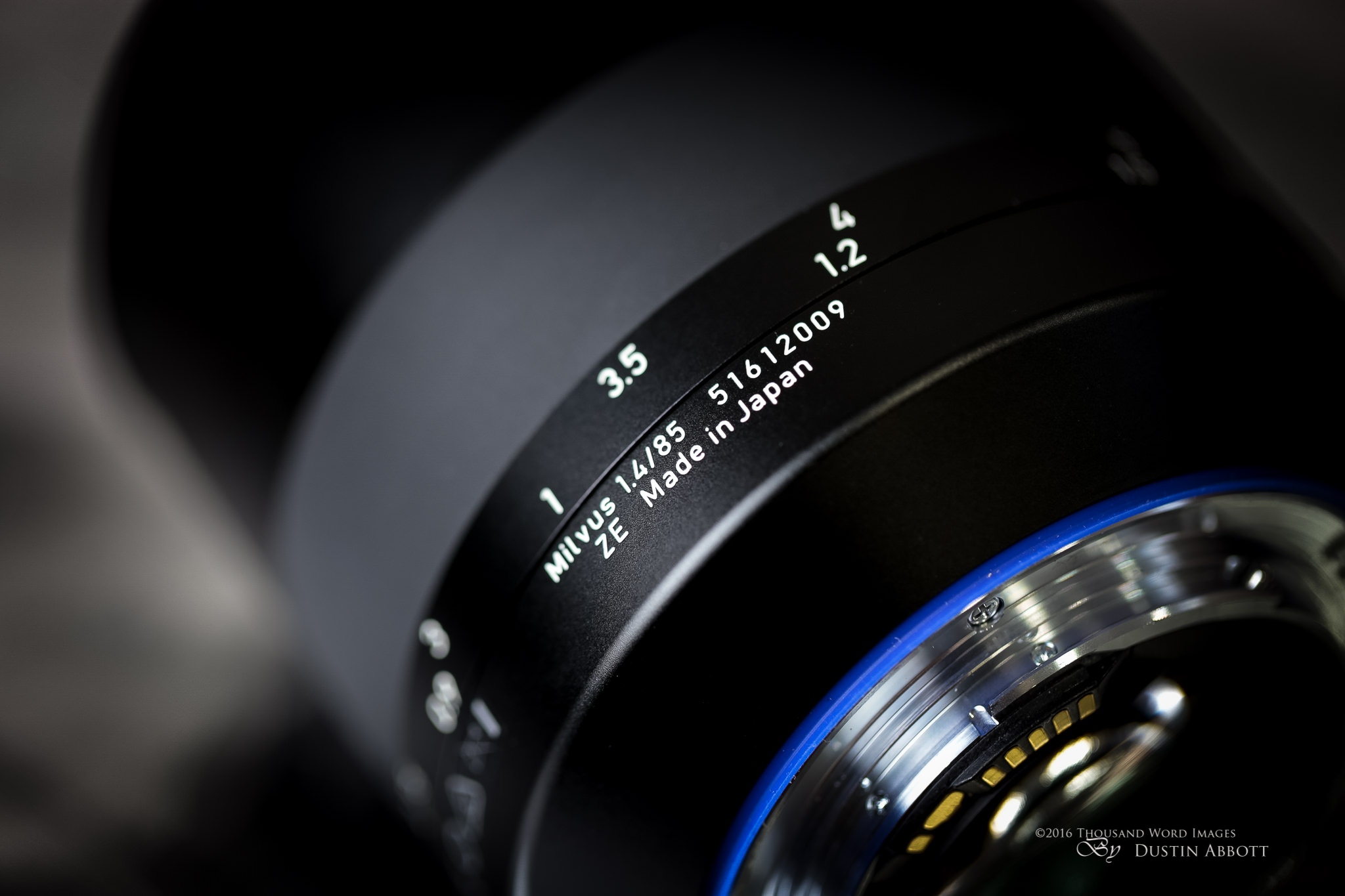
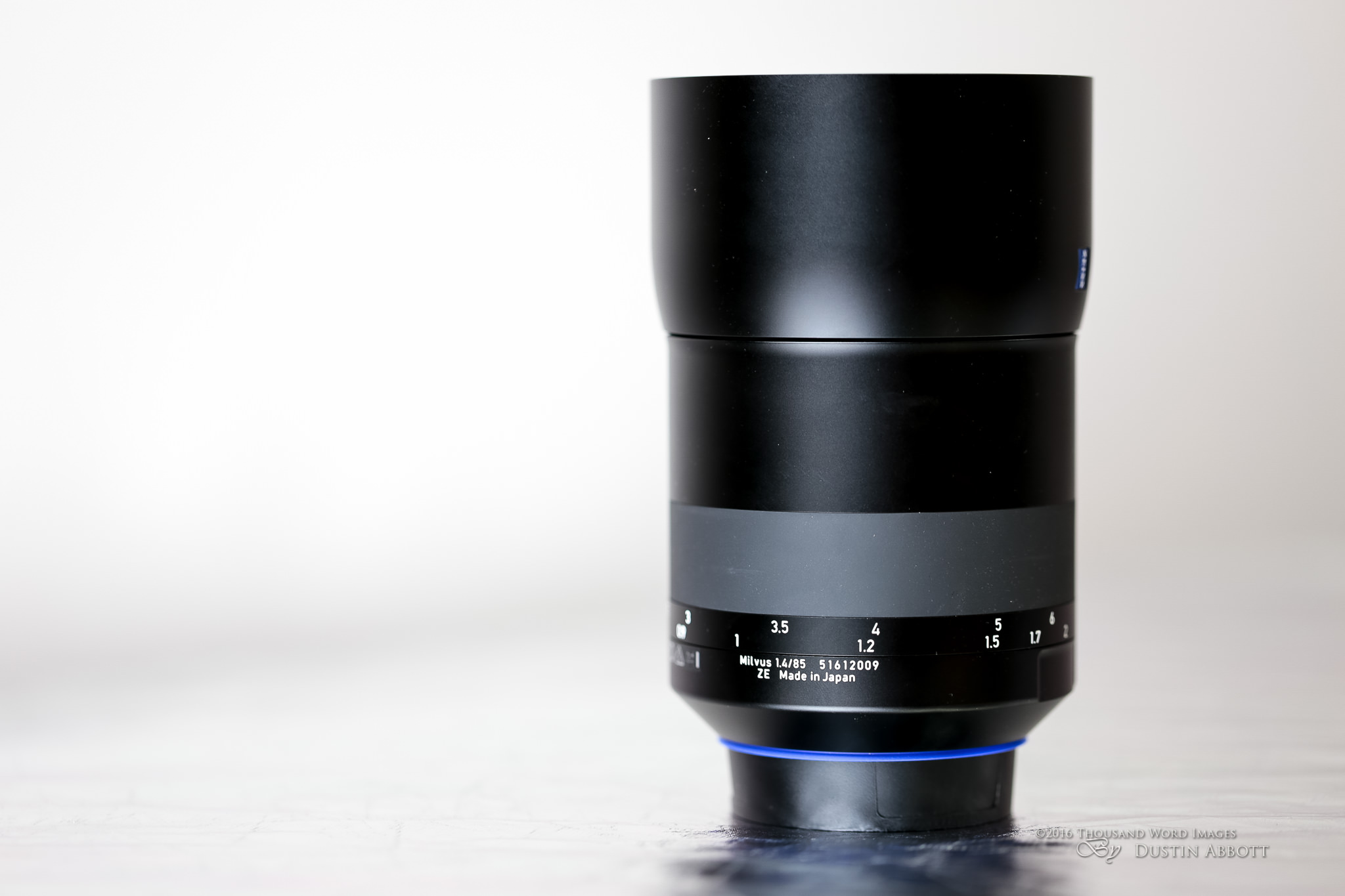



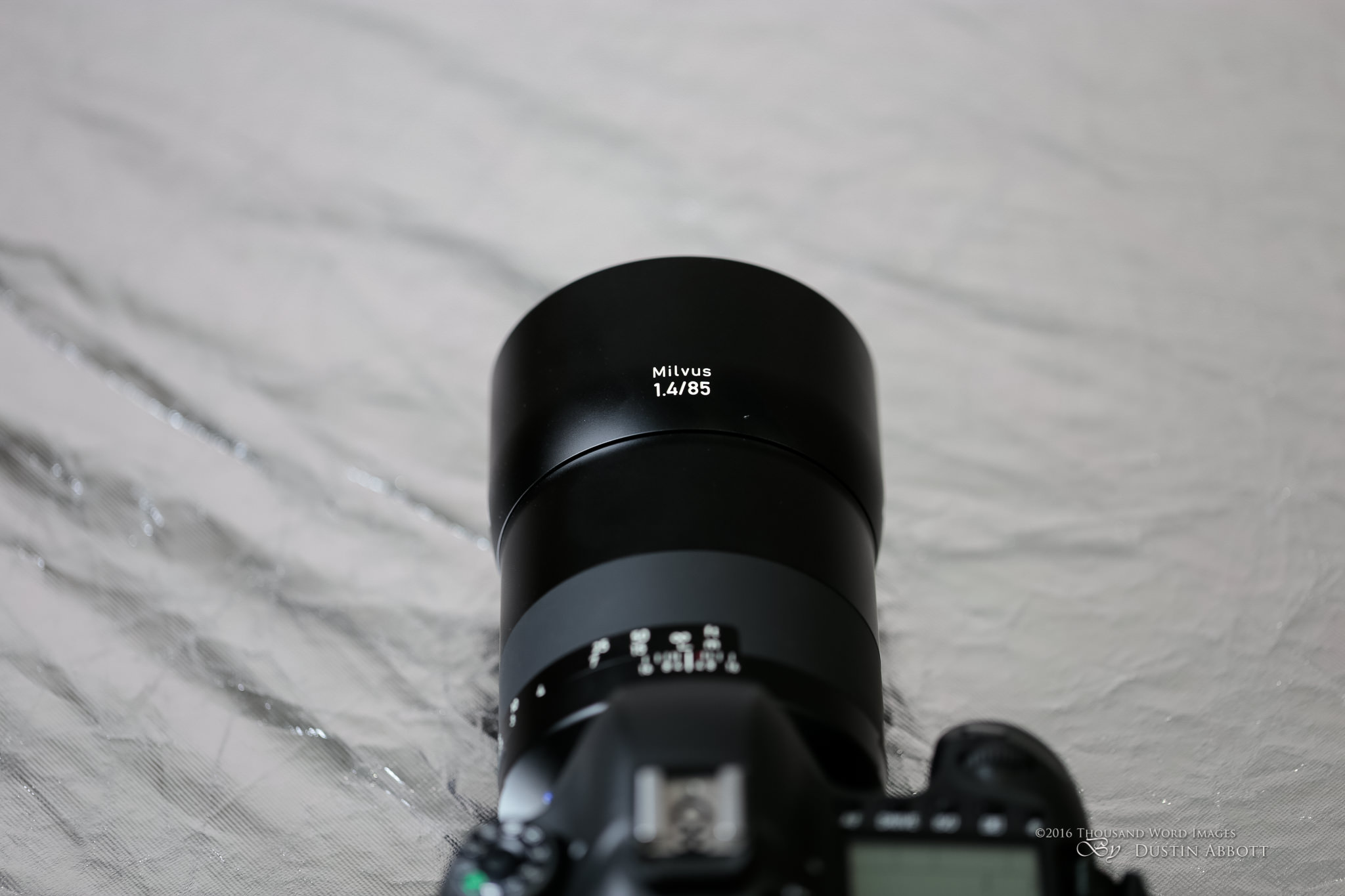
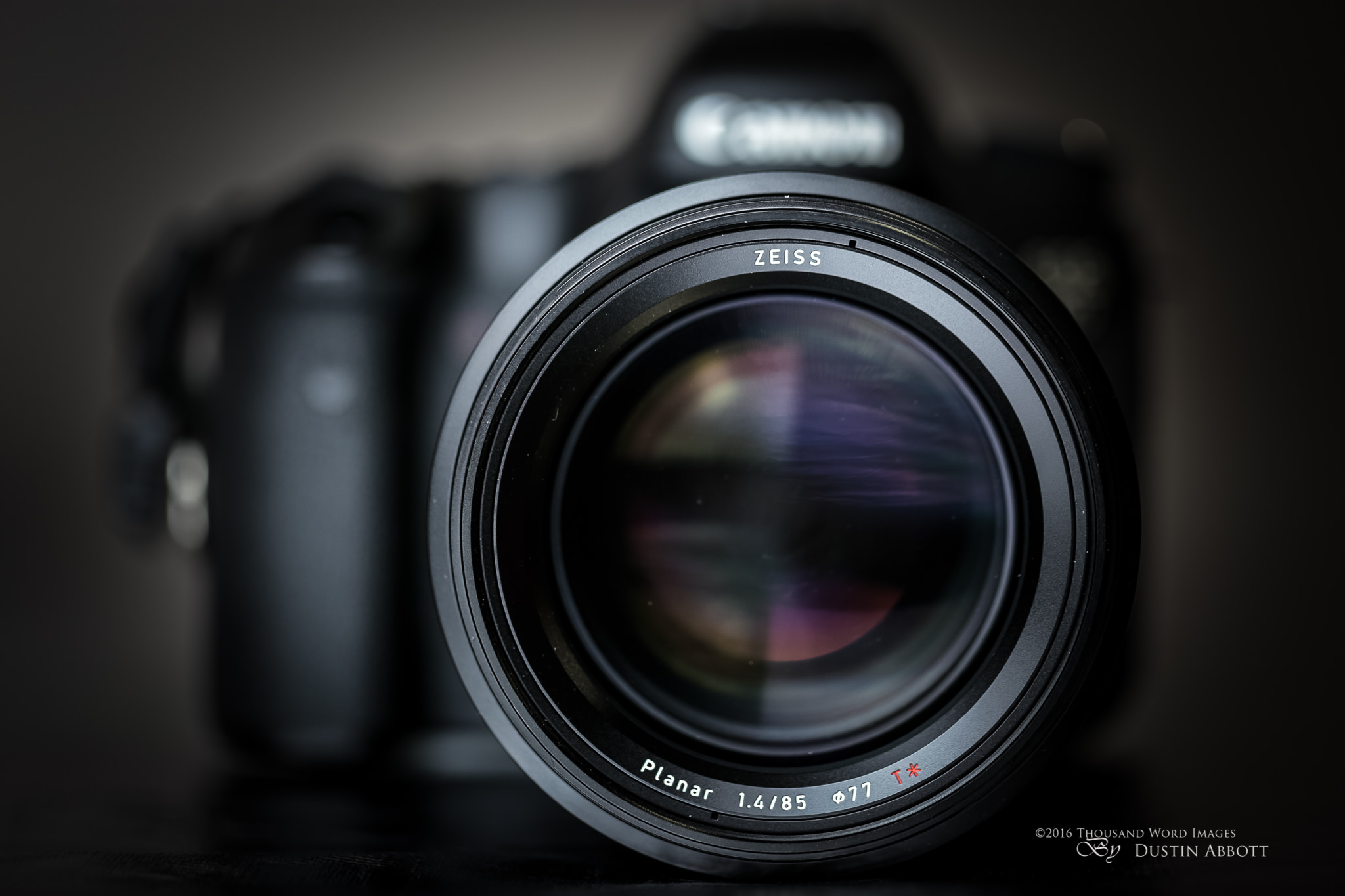
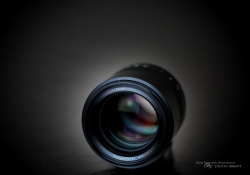


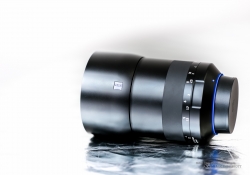
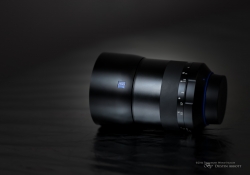
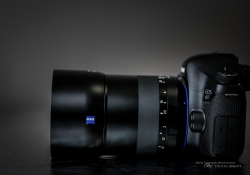
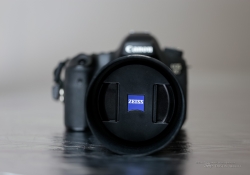
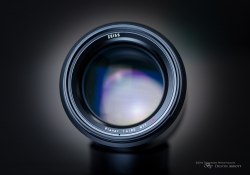







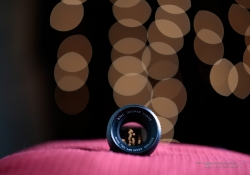
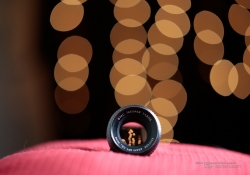
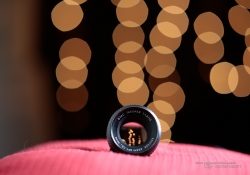
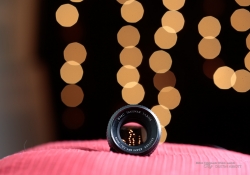
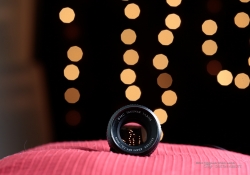
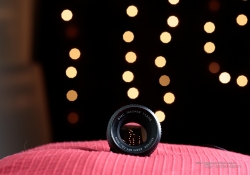



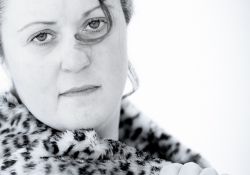








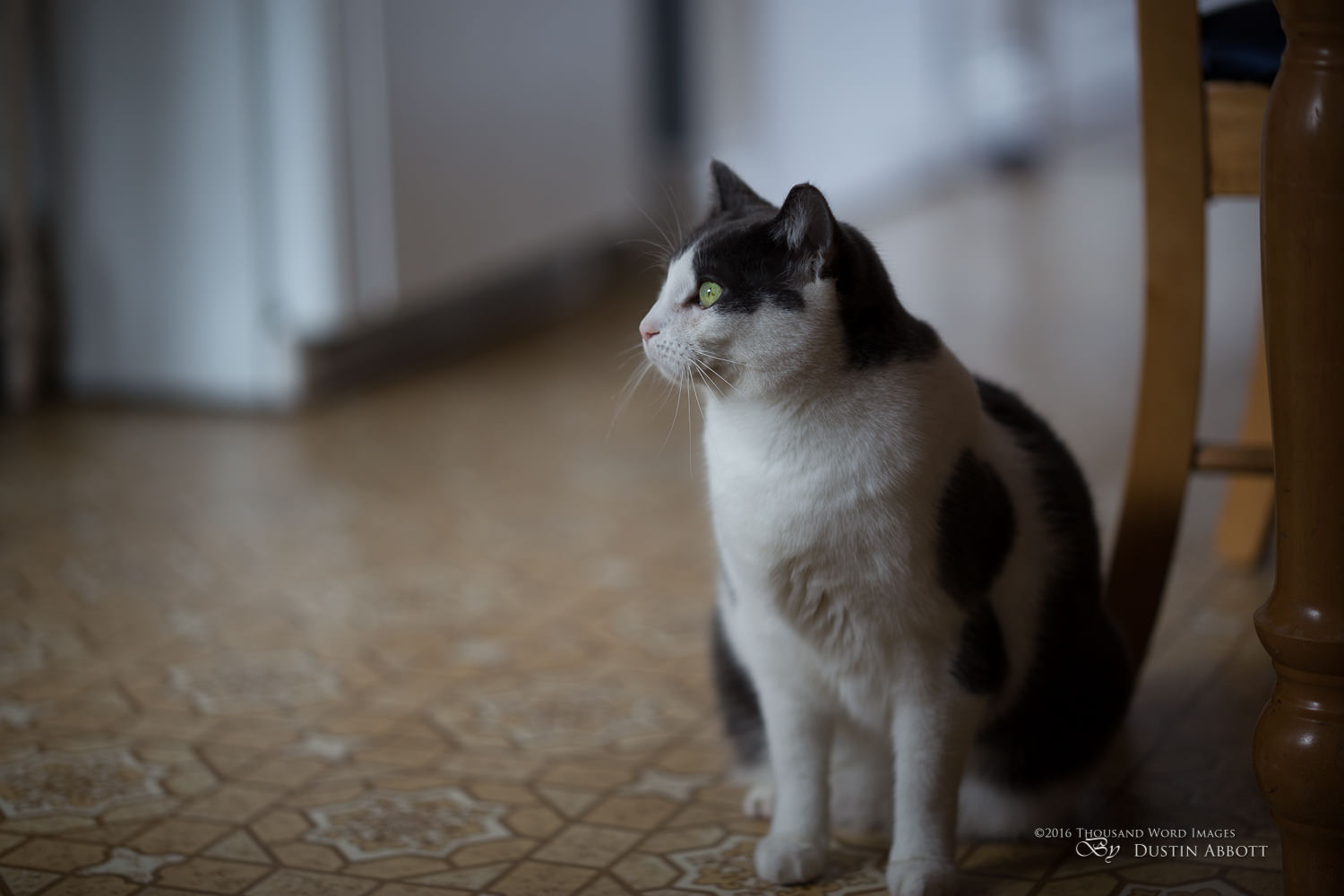
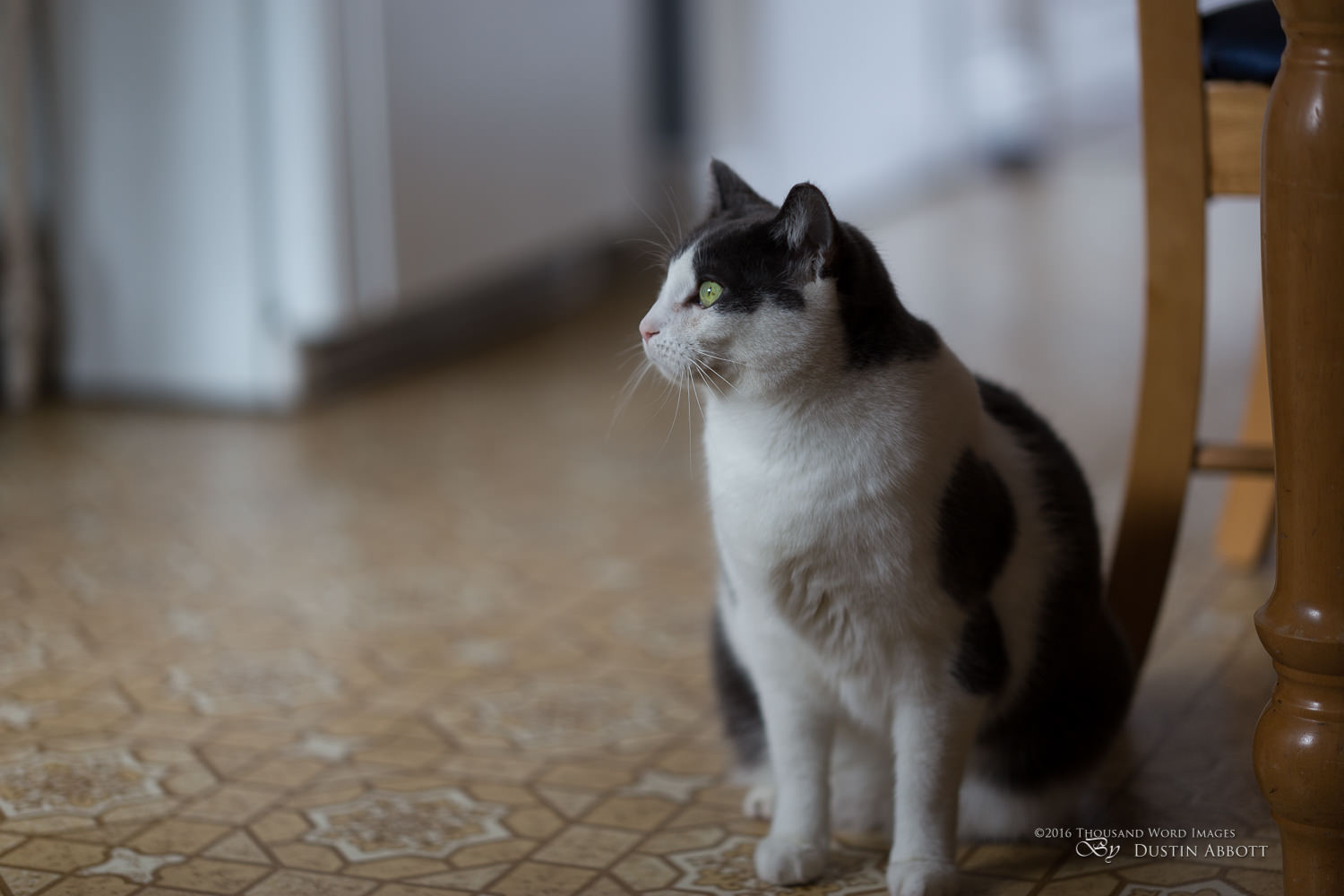

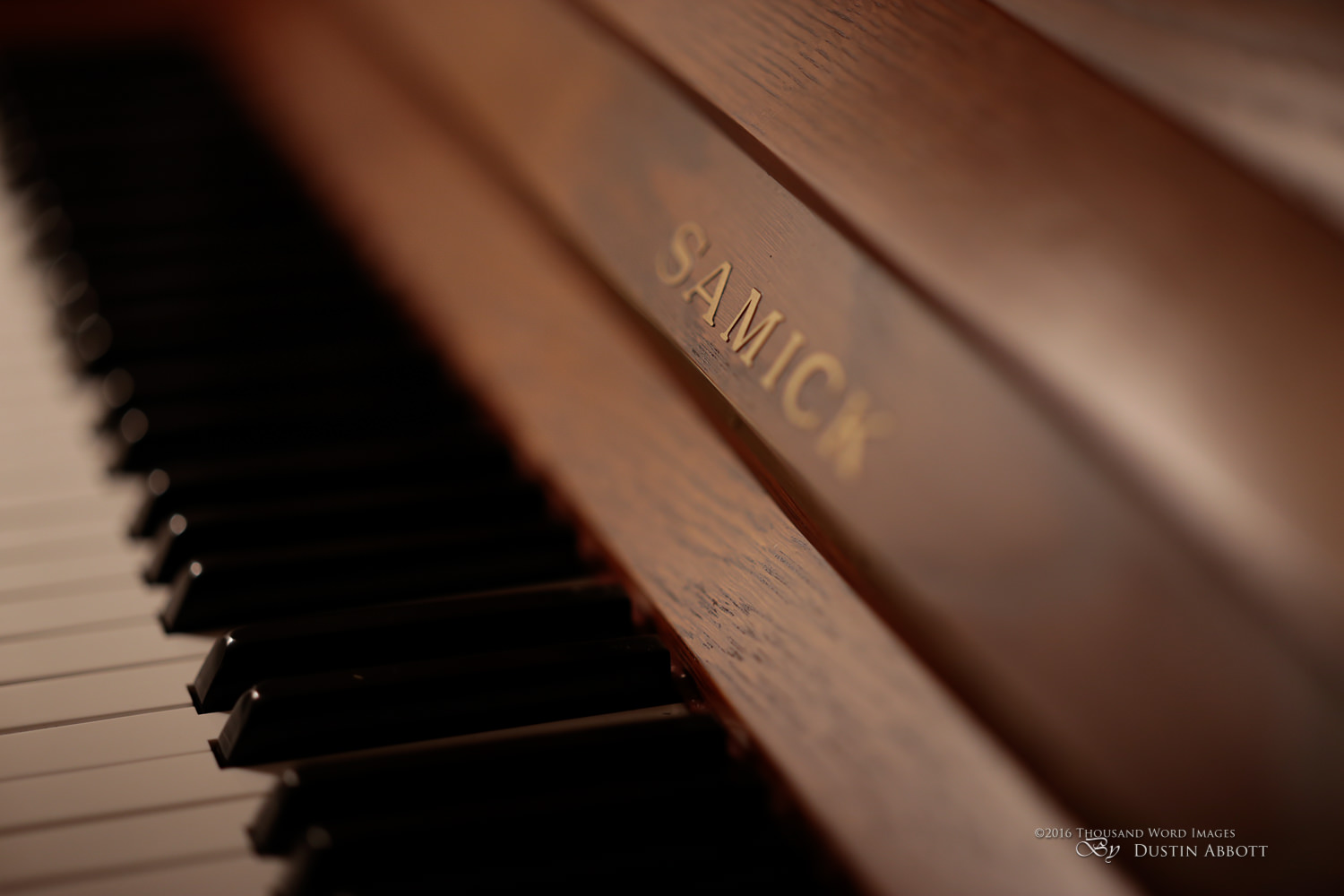


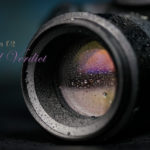








Thx for this. Hope to see Your hands on the new Tamron 85mm as soon as possible. Would be great to get some comparission with 45mm in terms of colors, microcontrast, and out of focus rendering. I would like to stick to one coating/rendering aproach. And im highly interested in 45.
I’m definitely scheduled to get the Tamron 85 VC for testing. I’ll have the 90 Macro VC first and then the 85 VC.
What about the Distagon Milvus 50mm f/1.4?
I’d love to see a head to head comparison with the Sigma Art 50/1.4 regarding the rendering, micro contrast, bokeh, etc.
A Milvus 1.4/50 is schedule for the latter portion of this month. I probably won’t be able to have the Sigma on hand, though.
Thank you, Dustin, for the wonderful review. Looking forward to seeing your review of a 50mm version of the Milvus series.
Thanks, Givi – I’m looking forward to my time with it, too!